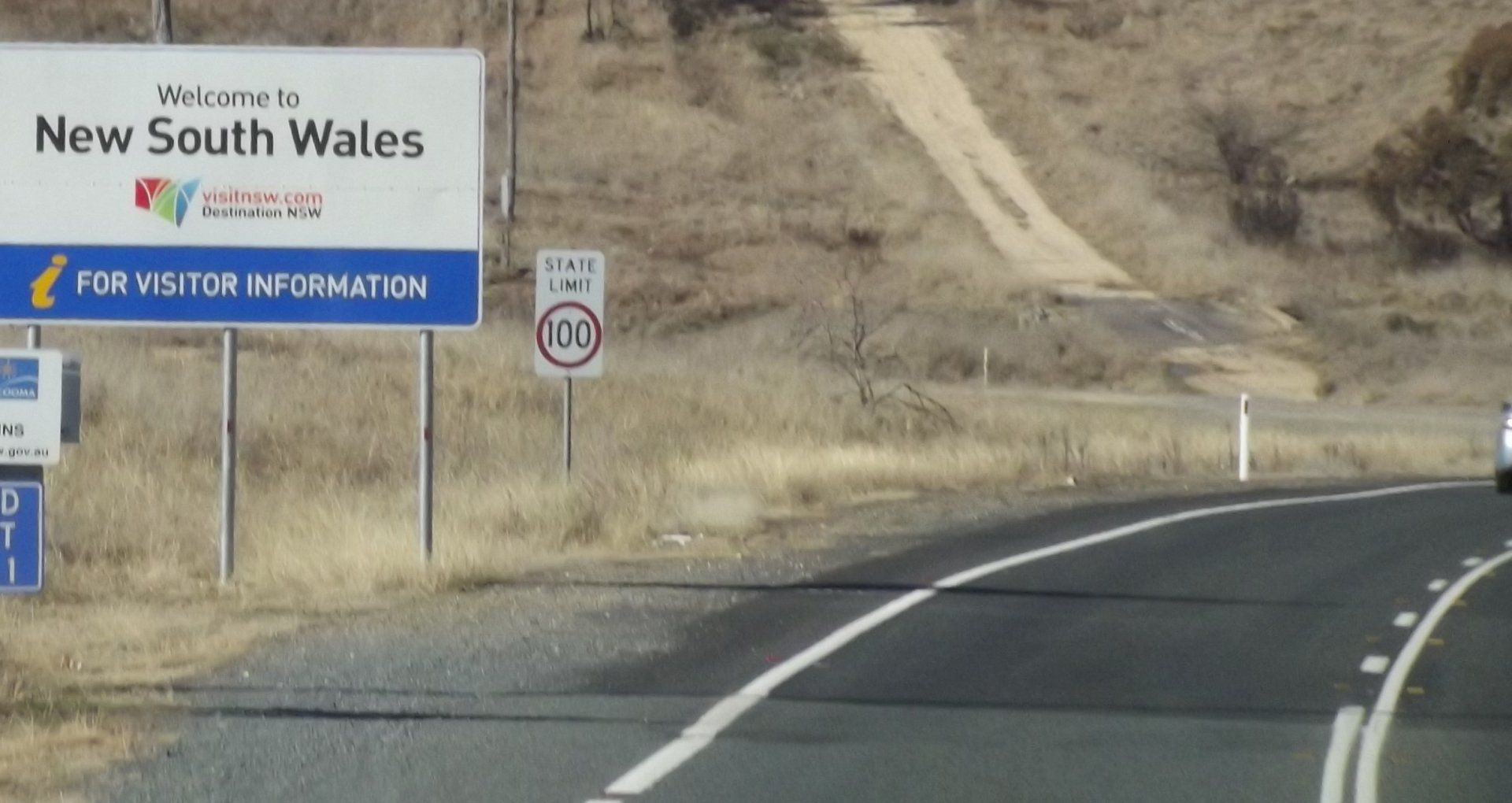1MG FlippingBooks
COVID-19 restrictions ban seasonal workers from crossing NSW border
Elizabeth Gracie

Seasonal workers who have travelled from overseas countries to pick fruit and harvest produce have been banned from entering NSW if they are travelling from Victoria.
Victoria is currently experiencing a second wave of the novel coronavirus which has seen the state go back into Stage 3 lockdown measures.
Australian citizens who are seasonal workers will be able to apply for a permit to cross the border as essential work. Workers on working visas such as the Pacific Labour Scheme and working holiday visas are banned.
The decision has already had a significant impact on the citrus industry in the Sunraysia region of Victoria who call the border control restriction “illogical and discriminatory”.
According to industry body Citrus Australia, up to 1,200 people have already been affected.
When speaking with the ABC, Victorian Farmers Federation (VFF) Vice President Emma Germano said that we should now expect tremendous issues to arise within the horticulture supply chain if fruit pickers were unable to travel to work across the NSW-Victoria Border.
“If we’re choosing who’s allowed to move around based on what their visas status or what their passport says, that’s obviously not in line with how the coronavirus has treated us all equally,” said Germano.
However, NSW Health Minister Adam Marshall said the decision to close the border to international seasonal workers was one made in conjunction with current health advice.
He does not anticipate any significant nor serious problems with supply for the agriculture industry to arise from this decision.
“My concern is to make sure the agriculture sector and the food supply chain is able to continue virtually uninterrupted,” said Marshall.
NSW Premier Gladys Berejiklian does not expect the policy to change any time soon and noted that such workers were high risk and thus would not be let into NSW for the foreseeable future.
It is understood that other workers are encouraged to undertake these vacant seasonal roles to avoid a labour shortage in the state.
NEWS

2025 marks 50 years since TR70 model launched in 1975. Since this time, New Holland has led industry innovation in combine technology with: The first self-leveling cleaning system on a rotary combine in 2002 Breaking the 8-hour wheat harvest world record in 2014 The latest CR10 and CR11 twin rotor combines entering production in 2025















